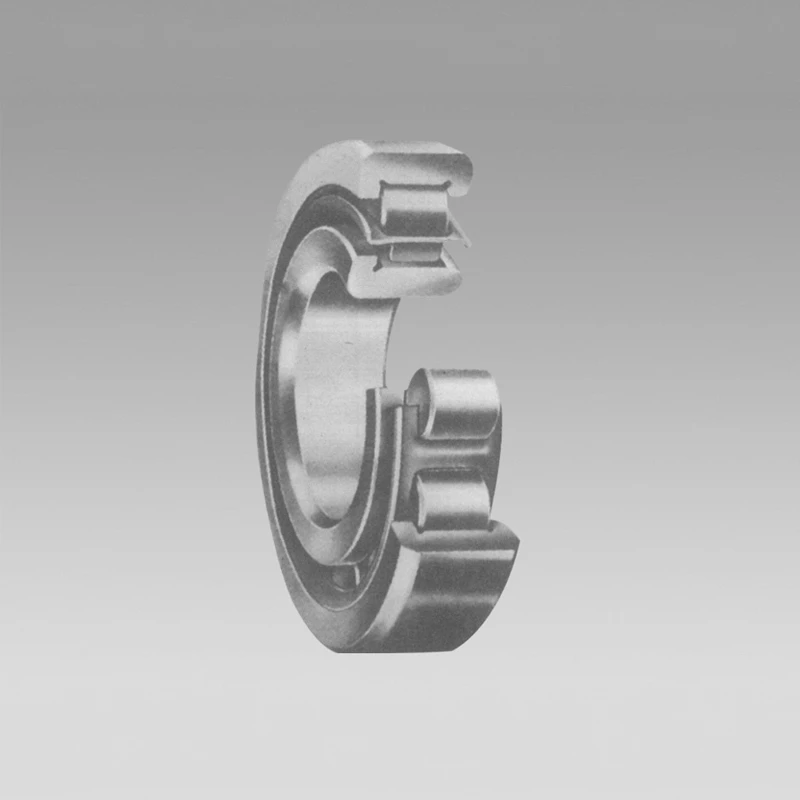
Dec . 21, 2024 06:36 Back to list
Exploring the Benefits of Sealed Angular Contact Bearings for Enhanced Performance
Understanding Sealed Angular Contact Bearings
Sealed angular contact bearings play a crucial role in various industrial applications, providing reliable solutions for rotary motion in equipment and machinery. These bearings are engineered to accommodate both axial and radial loads while maintaining high precision and minimal friction, making them essential in industries such as automotive, aerospace, and manufacturing.
Design Fundamentals
The design of sealed angular contact bearings incorporates an inner and outer ring, along with rolling elements, typically steel or ceramic balls. The contact angle in these bearings is a defining characteristic, usually ranging from 15 to 40 degrees. This angle allows the bearings to support higher axial loads compared to standard radial ball bearings, making them ideal for applications where space is limited and performance is critical.
One of the standout features of angular contact bearings is their ability to handle combined loads. When subjected to forces, these bearings can effectively distribute the load across the contact points between the balls and the raceways. This ability to manage both axial and radial forces simultaneously results in enhanced durability and performance under various operational conditions.
Sealed Configuration
The addition of sealing elements in angular contact bearings provides substantial benefits. Seals serve to protect the internal components from contaminants such as dust, moisture, and other particles. This protection is critical in environments where clean operation is mandated, such as in food processing or chemical manufacturing.
Sealed bearings also offer the advantage of retaining lubrication longer than their open counterparts. Lubrication is essential for minimizing friction, reducing wear, and prolonging the lifespan of the bearing. By confining the lubricant within the sealed environment, manufacturers can ensure that the bearings operate smoothly over extended periods, reducing maintenance needs and enhancing efficiency.
sealed angular contact bearings

Applications
Sealed angular contact bearings find utility in a variety of applications. In the automotive sector, they are often used in wheel hubs, steering systems, and gearbox assemblies. Their capacity to handle high-speed rotations and significant axial loads makes them a preferred choice in performance vehicles and heavy-duty trucks alike.
In the aerospace industry, sealed angular contact bearings are utilized in critical components such as engines and landing gear. The rigorous safety standards and performance requirements in this sector necessitate the use of bearings that can ensure reliability under extreme conditions.
Manufacturing equipment, particularly CNC machines and robotics, also benefit from the precision and durability of sealed angular contact bearings. In these applications, the bearings must withstand continuous motion and load variations while maintaining accuracy and repeatability.
Conclusion
In summary, sealed angular contact bearings are engineered for performance, durability, and reliability in demanding environments. Their unique design allows them to manage combined loads effectively, while the sealing elements enhance their lifespan and functionality. As industries continue to evolve and push the boundaries of technology, the importance of high-quality bearings will only grow.
When selecting the appropriate sealed angular contact bearing for specific applications, factors such as load conditions, speed, and operating environments must be considered. Investing in these advanced bearings ensures optimal performance and efficiency, ultimately contributing to the success of the machinery and processes they are a part of.
For engineers and manufacturers, understanding the nuances between different bearing types, including sealed angular contact bearings, is essential for achieving the desired performance outcomes in their products. By leveraging the benefits of these specialized bearings, industries can enhance their operational capabilities and extend equipment life, leading to greater overall success in today's competitive landscape.
Latest news
-
Premium Deep Groove Ball Bearings | High Speed & Reliability
NewsAug.29,2025
-
Durable Scaffolding Clamps - Secure & Reliable Tube Connectors
NewsAug.28,2025
-
Common Failures in Thrust Ball Bearings and Solutions
NewsAug.22,2025
-
How Tapered Roller Bearings Can Take Shock Loads
NewsAug.22,2025
-
Angular Bearings in High-Precision Spindles
NewsAug.22,2025
-
The Impact of Misalignment on Cylindrical Roller Bearing Performance
NewsAug.22,2025
